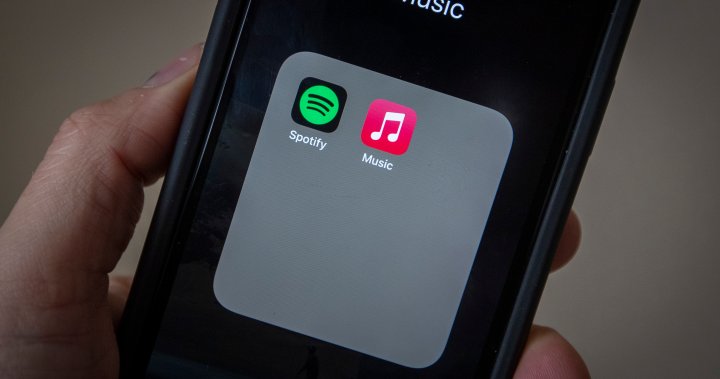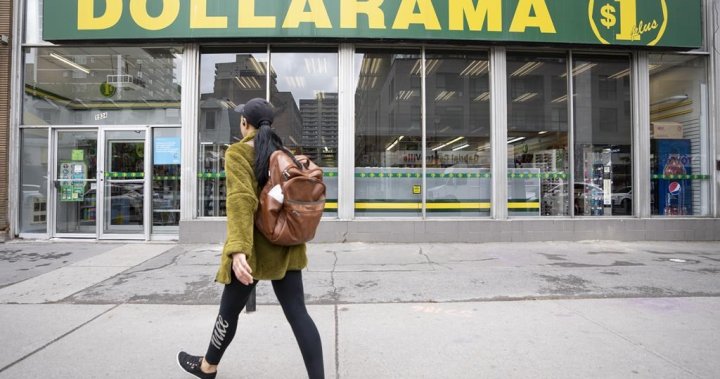A new survey earlier this month reported that streaming provides 84 per cent of the revenue for recorded music consumption in the U.S. I have a feeling that it’s slightly lower in Canada, but we continue to adopt the technology more and more every month. Streaming is not just the future but the present.
When choosing a streaming music service, there are more options than just the Big Four: Spotify, Apple Music, Amazon Prime Music and YouTube Music. There’s a second tier of platforms that includes Deezer, Qobuz, Tidal, SoundCloud and Napster (the legal one and formally known as Rhapsody). Going deeper, there are 8Tracks, Tunein, AccuRadio, iHeartRadio, Boomplay, Jango and perhaps a dozen more.
There’s another tier that specializes in specific ethnicities and genres. JioSaavn and Gaana, for example, focus on Indian material, Patari services the Pakistani market, Moov is all about Southeast Asian music and Anghami is for the Arab world. IDAGIO is designed for classical music fans, while ROXi is for those who love karaoke. All draw from the same massive catalogue of more than 120 million digital tracks.
When it comes to the West, most music fans stick with the Big Four. Spotify has the most customers, with more than 600 million average monthly users (AMUs), 246 million-ish of whom pay for a subscription that unlocks all the features of the app and user interface. (This is slightly less than China’s QQ Music, a joint venture between Spotify and China’s Tencent, but that streamer is mostly for the worldwide Chinese market.) Apple Music, Amazon Music, and the fast-growing YouTube Music each have around 100 million AMUs.
With all these choices, which one is right for you? That depends. What sets these platforms apart? Let’s take a look.
The first question you have to ask yourself is: “Do I want to pay for listening to music?” If the answer is no, then you’ve restricted yourself to the “freemium” offerings by the likes of Spotify, iHeartRadio and a limited library on Amazon. Listening costs nothing but you have to sit through ads a couple of times an hour and the functionalities of the app and desktop are hobbled. Some artists have also been known to withhold their music from the free tiers. Want all the features? Then you gotta pay.
Certain streamers are available globally while others are restricted from moving outside specific geographical territories by the terms of their music licences. If audio quality is important to you, Amazon, Tidal, Qobuz and Deezer are among those that offer high-resolution streams, meaning that the music is streamed at CD quality or higher. Apple has Spatial Audio, which, to my ears, sounds pretty good. Spotify is a laggard in this department, although it keeps promising to introduce Spotify HiFi any second now.
What else separates streamers from one another? The appearance of the app/desktop version. Some offer lyrics and better metadata than others. Search experiences can be wildly different. And, of course, there are the proprietary recommendation algorithms, each powered by their own mysterious secret sauces. Let’s start there.

Get daily National news
Get the day’s top news, political, economic, and current affairs headlines, delivered to your inbox once a day.
Spotify has annoyed me lately because it seems to be injecting songs into my feed that I don’t want and don’t care to hear. As a rock guy, why am I being served up Please Please Please by Sabrina Carpenter? I’ve never willingly called up a Kendrick Lamar song, so why does Spotify occasionally push in me in his direction? Some conspiracists believe that Spotify’s algorithm can be tweaked from “recommendation” to “promotion.” And if it is indeed a promotion, that implies someone is paying for it. Who? Is this the new payola?
Another factor might be your personal code of ethics when it comes to artists being compensated for their music. This is… complicated.
Each streamer needs to negotiate licences with rights holders — a process that includes record labels, publishers, copyright boards, distributors, aggregators and collecting societies — every few years. Rights holders — who are supposed to have the interests of the musician in mind — want to extract as much out of the streamers as possible. The streamers, meanwhile, want to hold costs to a minimum. When the rights holders take their share, what’s left is passed along to the artist. Those royalty payments also vary based on an artist’s contract with their label and publisher.
So how much are these payments? Google searches turn up all kinds of numbers.
It’s commonly thought that the average Spotify payout per stream is $0.003 to $0.005. Apple Music is said to pay $0.007 to $0.01 per stream, with a promise to pay up to 10 per cent more to artists who upload music in Apple’s Spatial Audio format. Most everyone else falls in between those two ranges, with the exception of Tidal ($0.012 to $0.015 per stream) on the high end and YouTube Music way at the bottom (a nanoscopic $0.00069 per stream).
But it gets more complicated. We need to look at the methods used to divvy up subscription and ad revenues at the end of every month.
Spotify uses something called “streamshare.” About two-thirds of every dollar collected by Spotify gets paid out in royalties. If you’re paying the average $10 a month, three of those dollars go to Spotify and the other seven are paid out on royalties. All that money goes into a pool. Spotify then looks at how many times music owned or controlled by the various rightsholders was streamed over the course of a month. The company then divides the amount of money in the pool by the number of streams seen by the rights holders in each market. If, say, Universal Music has the rights to 42 per cent of all the songs streamed in a given territory in a given month, it gets 42 per cent of the royalties.
In other words, if you think your subscription money is going to the indie artist you’ve had on repeat for the last 30 days, think again. Most of it is probably going to some giant record label. And if your favourite artist is seeing fewer than 1,000 streams a month, they’re getting zero. That’s Spotify’s policy. This is why some platforms, Tidal and SoundCloud among them, are working toward a user-centric model where if you stream an artist’s song, your money goes to the artist.
Then there’s Spotify’s issue of “bundling.” Because of the way Spotify is licensed, revenue and costs go up in lockstep. The more money Spotify brings in, the more money it has to pay out. If the company were to focus solely on providing music, the company would lose money every year until the heat death of the universe. Therefore, Spotify has been looking for ways to control costs and slow payouts while keeping users engaged on the platform. This is why Spotify moved into providing podcasts, which provide audience engagement at no cost to them. It’s also the reasoning behind “bundling,” the wrapping of other options into a streaming music subscription. That has recently included audiobooks.
In the U.S., Spotify’s audiobook bundle deal allows it to pay a discounted rate to musicians because they’re also paying royalties to authors. Yes, authors deserve to be paid, but including audiobooks in the math (see the above explanation on streamsharing) means that the percentage of revenues collected that will go to musicians will drop, perhaps by as much as US$150 million over the next year. Meanwhile, book publishers are also concerned that this will affect payments to their authors. And by the way, Spotify doesn’t pay out anything for an audiobook unless someone listens to at least 10 per cent of it.
So what’s the best choice for a streaming platform? Like the headline says, it all comes down to your personal ethics. If you want artists to be maximally compensated, it looks like Tidal and Apple Music are the way to go. For audiobooks, a service like Audible or some similar platform seems best.
But you’ll have to have a subscription. Given that each platform will instantly give you access to practically the human race’s entire catalogue of music for the price of a single CD (and Audible has thousands and thousands of books available for less than the price of a single trade paperback), that sounds like a bargain to me.
Better yet, maybe just head to a record store or a bookstore. Physical copies of art will always be better for the artist than something digital.







